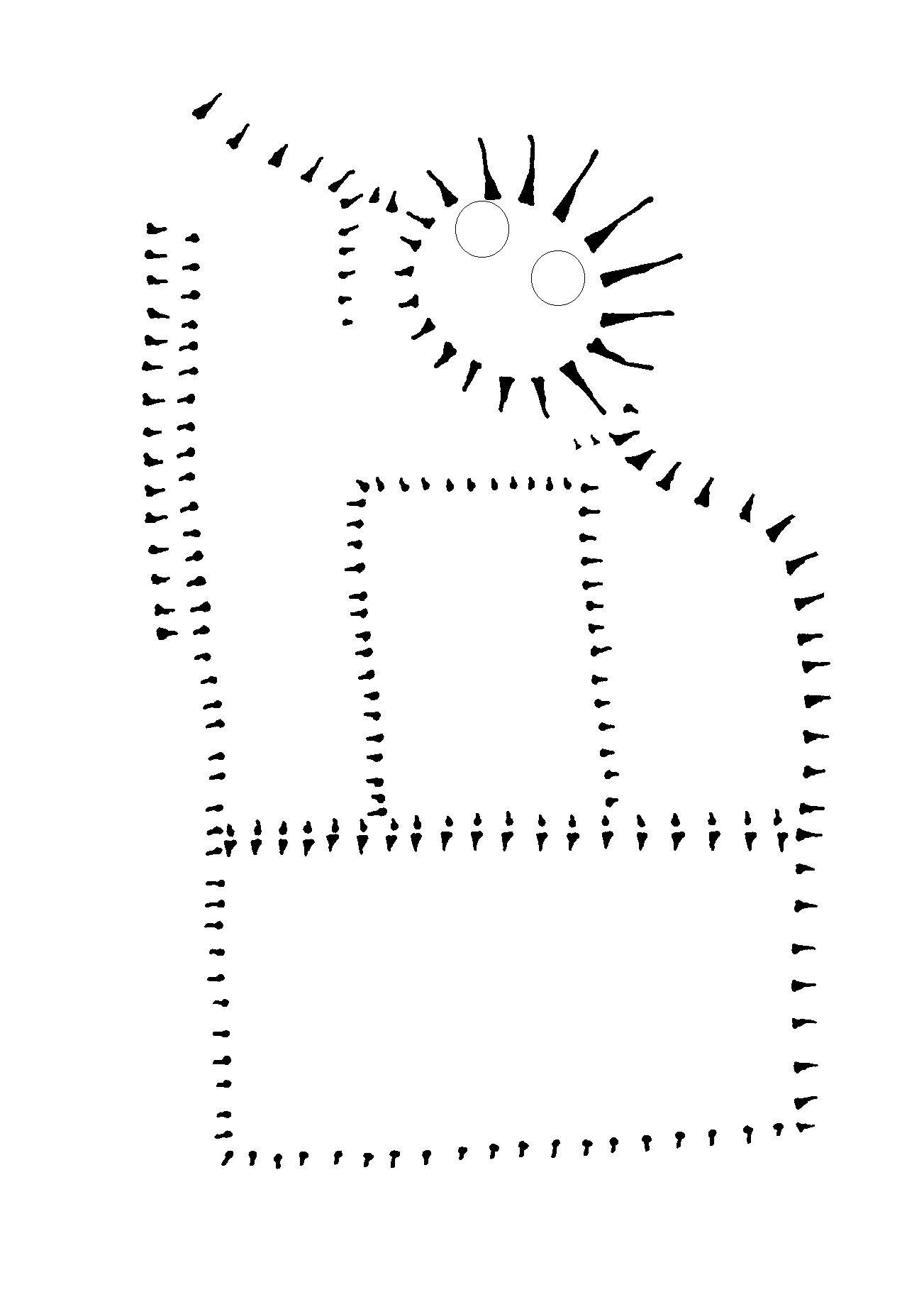Hewelsfield
Hewelsfield castle occupies a slight ridge-end site overlooking the village church at grid reference SO.567021. The site is itself overlooked by higher ground to the west. The castle is said to have been a masonry structure, but there is currently little evidence of any such remains. The main feature is now a slight circular mound, raised some four feet to the west and about twenty feet above the road to the east. On top of the mound were two circular crop marks, said to have been the wells, or towers of the castle. Circular towers in such a position would be quite unusual and it is probably best to assume that they were wells, one no doubt succeeding the other. There are vague traces of a ditch surrounding the mound. A castle bailey may have lain to the west and south, although traces of it are now negligible. To the south rectangular foundations could be discerned, but it is more likely that these were constructed after any military occupation, their walls appearing to be only some three or so feet thick. To the west could be traced a ditch and possible rampart before some ruined farm buildings overlooking the whole village. A disused Victorian? chapel was to the north of the site on the other side of the road.

It can therefore be seen that the castle at Hewelsfield was a rather flimsy affair with apparently poor ditching and weak earthworks. Such minor castles are more often seen in the Welsh hinterlands, perhaps because their flimsy buildings were less likely to be eroded by more modern agricultural methods. It is difficult to date such a structure with any certainty and it may be best to assign its construction to the days of the Anarchy when the Forest of Dean was one of the royal prerogatives usurped by the earls of Hereford. If this were the case then Hewelsfield may well have been one of the 1,115 illusive illegitimate castles destroyed by King Henry II on his accession in 1154.